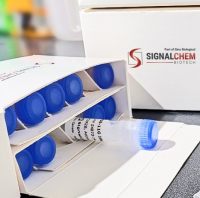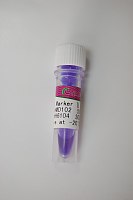PCR of the Ribosomal DNA Intergenic Spacer Regions as a Method for Identifying Mosquitoes in the Anopheles gambiae Complex
互联网
370
Six morphologically indistinguishable but genetically and behaviorally distinct mosquito species comprise the Anopheles gambiae Giles complex (1 ,2 ). All occur in Africa and in some localities three and possibly even four of these species occur in sympatry. The two most widespread species, A. gambiae and A. arabiensis , both of which are found throughout most of sub-Saharan Africa, are major vectors of human malaria parasites. The species A. melas and A. merus are locally significant vectors on the east and west coasts of Africa, respectively, where each breeds primarily in brackish coastal waters. A. quadriannulatus , which is abundant in southern Africa and also reported from Zanzibar and Sudan, feeds almost exclusively on domestic and wild animals and thus is not a malaria vector. The sixth and most recently described member of this complex, the halophilic A. bwambae , has a very restricted distribution, occurring only within a 20-km radius of the Barunga hot springs in the Bwamba county of Uganda, where it may be a locally important vector of malaria. Some species in the A. gambiae complex, particularly A. gambiae and A. arabiensis , have also been shown to be vectors of the filarial worm Wuchereria bancrofti in tropical Africa (3 ).









